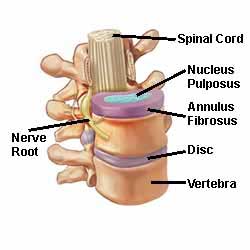13 Best Exercises For Radial Tunnel Syndrome
Find the most effective Exercises For Radial Tunnel Syndrome to reduce pain, strengthen your arms, and regain your range of motion. To help in the rehabilitation of the radial nerve, learn effective stretching and strengthening methods. Introduction: One of the three major nerves in your arm, the radial nerve, can become compressed, leading to the painful…










